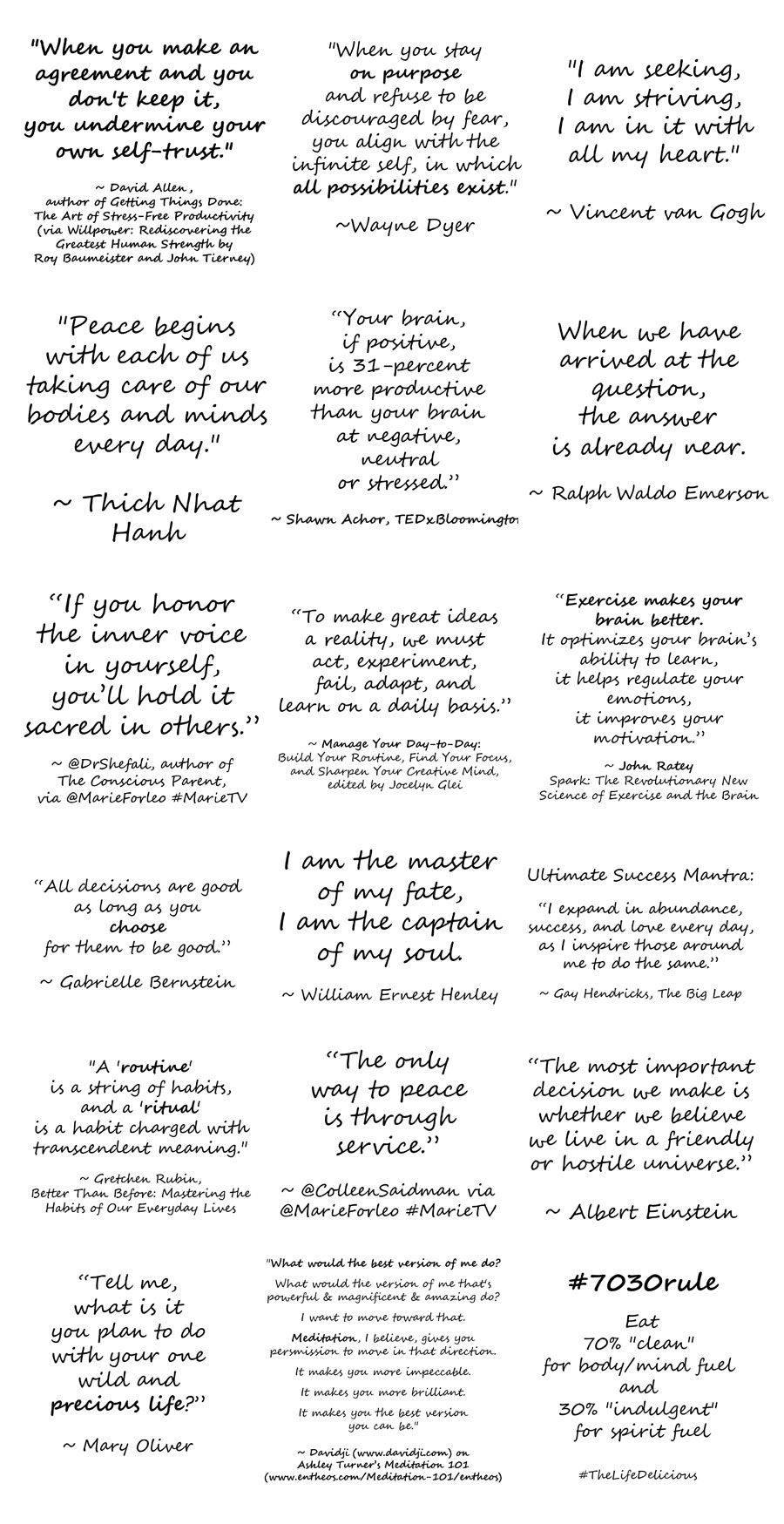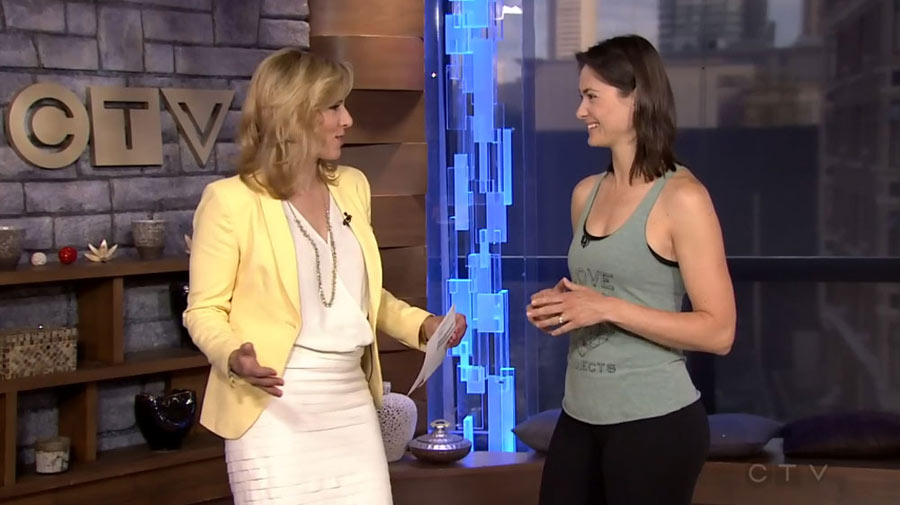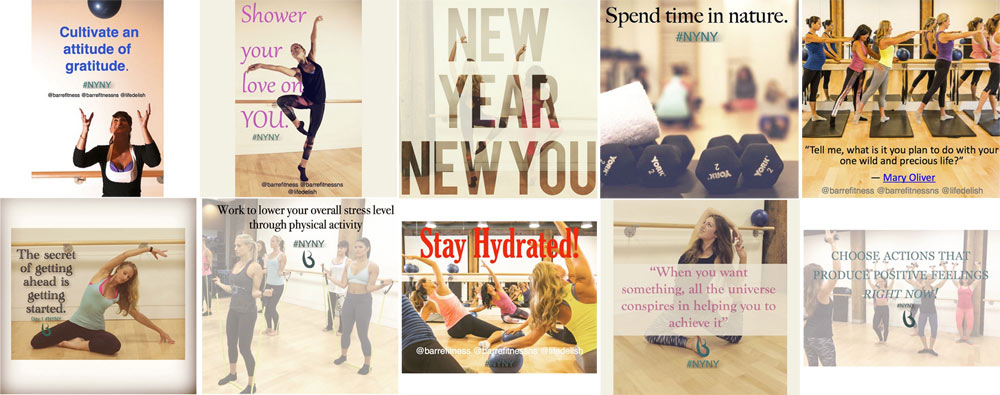Mood, Food and Fitness Journal
I found my very first Mood, Food and Fitness Journal the other day when I was looking through an old box.
It's crazy to think back on this time – a strange mix of super fun adventures (we were in Australia for a year while my husband Aaron worked on Legend of the Guardians: The Owls of Ga'Hoole) and the tumultuous end of a very long struggle with depression that very few people knew about.
I probably deserve an Oscar for my performance, acting happy when I wasn't.
It was during this time where I hit the proverbial rock bottom and was absolutely done with the seesaw of feeling terrible, hopeless and overwhelmed, versus the joyful, hopeful and empowered character of my true self.
This is where I took control of my life. This is where I began the journey of consciousness.
This is where I began to claim my power, by being mindful of the way my thoughts, words and actions made me feel.
This is where The Life Delicious was born! Along with a new, gentle, self-nurturing, confident, honest, authentic, grateful way of living.
I can't remember exactly what inspired me to create the MFFJ but I am so glad I listened to that inner wisdom and put pen to paper. It truly changed my life and I am filled with gratitude that I get to share this shortcut-to-wellness-of-sorts with others!
Why journal with parameters?
I’ve always been a journaler, but I used to generally be inspired to write only when I was upset or angry.
Not only did this create a document that made my pretty wonderful life look like a miserable mess, it reinforced all of the negative thoughts and angry, hopeless rumination swirling around in my head.
For some thankful reason, at age 30 (I’ll be 37 this year!), I decided to take a different approach and document how my thoughts, actions, diet, movement patterns, creative outlets and social circles were making me feel – like a science experiment!
I’m still amazed at how effective this practice was at turning my life around.
I didn’t understand exactly why it was so effective until a few years later when I discovered neuropsychologist Rick Hanson, watched his TEDtalk, read his books – Hardwiring Happiness and Buddha’s Brain – and attended a weekend workshop with him in Vancouver through Hollyhock.
The scientific explanation for my MFFJ’s ability to significantly change my thoughts, words and actions was self-directed neuroplasticity.
Neuroplasticity
Our brains are plastic – malleable, changeable, resilient – and change throughout our entire lives, until our very last breath, as a result of our behaviour. Neuroplasticity describes this characteristic of our brain, its ability to rewire its myriad connections.
Our brain is always changing, sculpted by our experiences, shaped by our thoughts, words and actions – so it makes sense that our every thought, word and action matters.
Thoughts matter.
Words matter.
Actions matter.
Self-directed neuroplasticity vs. experience-dependent neuroplasticity
If we go about our lives disconnected from the consequences of our thoughts, words and actions our brains are still changing, hardwiring themselves to reinforce our habits – whether they’re healthy or not – making them easier to stay in and fall back into, even when we’re inspired to change (have you ditched your New Year’s resolutions yet?).
This unconscious, head-in-the-sand existence is reinforced through experience-dependent neuroplasticity.
This is how I used to live. Shackled by the unseen power of my habits to create my brain, and therefore my experience of life.
The great news is that there exists a conscious, eyes-wide-open way of using our minds to sculpt our brains to curate and automate our behaviour: this is the power of self-directed neuroplasticity!
We’re in the driver’s seat! We’re in complete control. We’re in charge of choosing how we want to feel and hardwiring the thoughts, words and actions that make us feel that way – we just have to make it our consistent practice.
5 tips for a powerful journaling practice
1. Mood: Gratitude
Our brains have a negativity bias. We’re born with an innate propensity to scan for and pick out all of the dangerous, nasty and troubling things in our world.
We’re really good at it! And that’s a good thing.
Our negativity bias keeps us alert to legitimate danger (seriously people, don’t wear earbuds with loud music when you’re running alone in the dark or a forest!).
But our negativity bias also keeps us alert to our inner gremlins and our outer critics.
So it’s important to consciously grow our positivity! I like to think of them as antennae.
We don’t want to cut off our negativity antennae, they’re important for our survival!
We just want to nurture and grow our positivity antennae so we can also develop a propensity to scan for and pick out all of the good, delightful and uplifting things in our world.
Hanson calls this “marinating in positive experiences” and says it takes just 30 seconds to create physical changes in our brain.
This is why journaling with intention is so powerful! It reinforces positive behaviours in our minds and in the physical structure of our brains.
Check out these resources:
Gratitude journal exercise: As many days per week as you can make time for (is 3 doable? that would be awesome!), write down at least 5 things you’re grateful for – the more you can think of the better! *On days that you feel you can’t make time to write down what you’re grateful for, take at least 30 seconds each to think about a few things you’re grateful for.
2. Mood: ANTs
Do you ever find yourself caught in an endless loop of negative thoughts? I know I do.
Psychiatrist Daniel Amen calls these ANTs: automatic negative thoughts.
ANTs are “cynical, gloomy, and complaining thoughts that just seem to keep marching in all by themselves” and are “the seeds of anxiety disorders and depression,” he says.
It’s important to recognize and crush ANTs as soon as you become aware of them marching through your mind.
An infestation of ANTs can hijack the purposeful, passionate life you’re meant to live.
“The most dangerous stories we make up are the stories that we make up about our lovability, about our divinity and about our creativity,” said Brené Brown to Oprah on an episode of Super Soul Sunday about her new book, Rising Strong.
We must scrutinize the stories we tell ourselves through a three-step process, says Brown:
- The reckoning: is this true?
- The rumble: get curious and look for facts
- The revolution: make the process of questioning our stories a practice
Check out these resources:
ANTs journal exercise: As many days per week as you can make time for (is 3 doable? that would be awesome!), write down any negative stories you’re telling yourself and rumble with them, and address any ANTs you’re struggling with by prescribing yourself some natural pest control! *On days that you feel you can’t make time to write down antidotes to ANTs or challenge negative stories, take at least 30 seconds each to think about them.
3. Mood: Emodiversity
In 2014 psychologist Jordi Quoidbach et al. published a paper in the Journal of Experimental Psychology called Emodiversity and the Emotional Ecosystem, reporting, “Two cross-sectional studies across more than 37,000 respondents demonstrate that emodiversity is an independent predictor of mental and physical health – such as decreased depression and doctor's visits – over and above mean levels of positive and negative emotion. Emodiversity is a practically important and previously unidentified metric for assessing the health of the human emotional ecosystem.”
This is such an important concept to be aware of. Being “happy” is the goal, but that doesn’t mean being happy all of the time.
It’s important to feel, honour and move through all of our emotions that arise.
Mind-body-spirit physician Dr. Divi Chandna says, “emotions are energy in motion.”
If we try to ignore or burry emotions they can become stuck in our bodies and manifest as physical symptoms. I have experienced the power of this knowledge firsthand.
The goal is to create a baseline of positivity and happiness while embracing a full range of emotions.
Check out these resources:
Emodiversity journal exercise: As many days per week as you can make time for (is 3 doable? that would be awesome!), recognize and work through the range of emotions you’ve felt throughout the day. *On days that you feel you can’t make time to write down your emotions, take at least 30 seconds each to think about them.
4. Food
What we eat affects how we feel. Seems obvious, right? Of course it does!
Why, then, can it be so challenging to put two and two together?
I had trouble doing the math until I started my MFFJ and saw the empirical evidence.
Highly-processed, sugary junk made me feel like… junk.
Balanced, nutrient-dense foods made me feel balanced and vital.
Reviewing my journal was a powerful catalyst to eating healthier. (Check out my last blog post on the 70/30 nutrition rule!)
Food journal exercise: As many days per week as you can make time for (is 3 doable? that would be awesome!), write down what you eat for every meal and snack, and how you feel while eating plus 30-, 60-, 90- and 120-minutes later. *On days that you feel you can’t make time to write down your food and subsequent feelings, take at least 30 seconds each to think about them.
5. Fitness
If you’re having trouble being consistent with physical activity and exercise (there’s a difference? read about it HERE), this will be a huge help!
Our bodies are meant to move! Yet so much of our modern lives call for inactivity.
Movement stimulates the release of feel-good chemicals, so we can tap into those positive feelings by marinating in them and journaling about them.
In doing so, “movement always makes me feel good,” is hardwired into our brains, becoming an unconscious part of our psyche.
Then, when we catch ourselves thinking, “I’m too busy,” the first thought that comes to mind is, “I’m too busy not to move!”
Fitness journal exercise: As many days per week as you can make time for (is 3 doable? that would be awesome!), write down your exercise and physical activity throughout the day and how it made you feel. *On days that you feel you can’t make time to write down how you moved your body, take at least 30 seconds each to think about them.
























